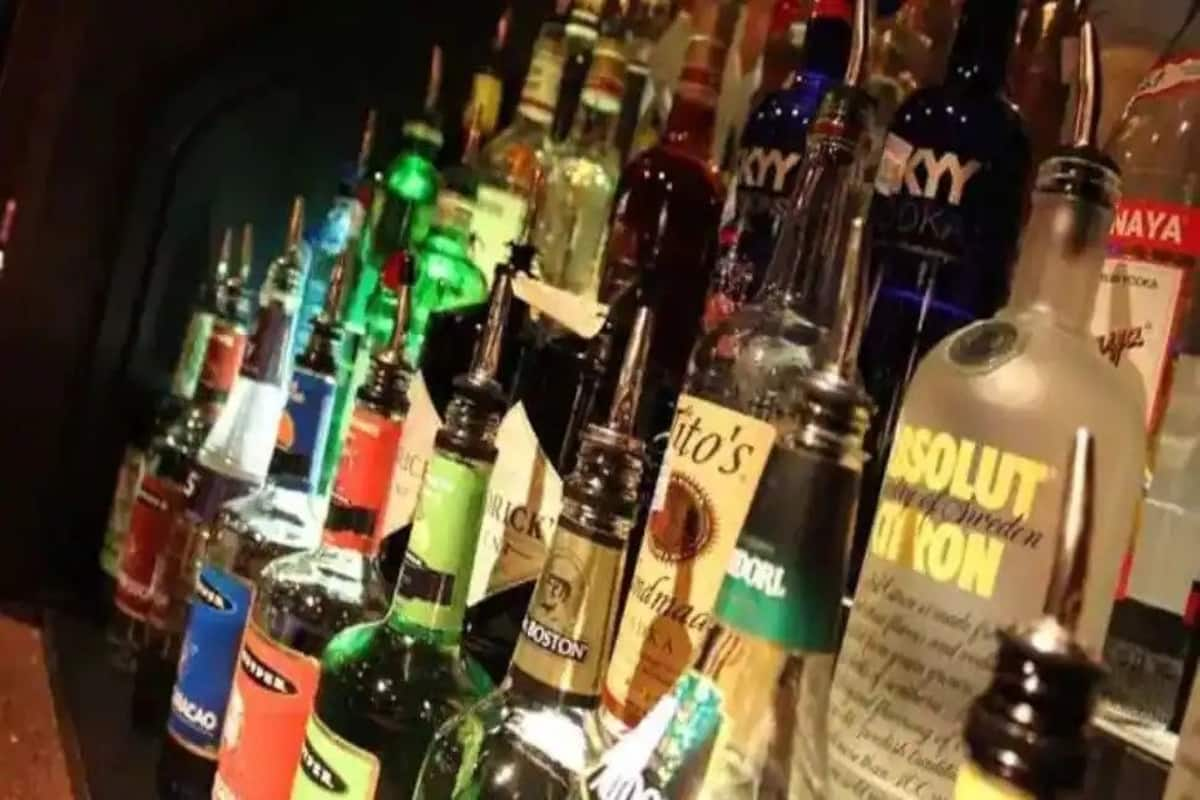Indian Alcobev Industry: Revenue Growth & Margin Contraction in FY2024

Indian Alcobev Industry: Revenue Growth & Margin Contraction in FY2024
The Indian alcoholic beverages (alcobev) industry has always held a dynamic position in the country’s vast consumer market. Given its unique socio-cultural and economic aspects, the sector often experiences rapid swings in its growth trajectory.
According to a recent report by the Investment Information and Credit Rating Agency (ICRA), the industry is set to maintain a healthy revenue growth of 8-10% in the fiscal year 2024 (FY2024). However, there is also a warning of a potential margin contraction. Let’s delve into the specifics of this forecast.

The Indian middle class, with its increasing disposable income, continues to be a significant driver for growth in the alcobev sector. As global tastes and aspirations develop, there’s a marked shift towards premium brands and products, leading to higher revenue generation.
Revenues for ICRA’s sample set firms increased YoY by 20% in FY2023 to Rs 26 billion, surpassing pre-COVID levels. Despite being the lean season for the segment, the spirits business recorded a 13% YoY growth in revenues during Q1FY2024; whereas, the beer industry, which was in its peak season, had a minor drop of 1% because of the unseasonal rain.
According to Kinjal Shah, vice president and co-group head of corporate ratings at ICRA Limited, “ICRA anticipates alcohol consumption to stay constant, underpinned by increased urbanisation, rising disposable incomes, favourable demographics, and laxer state regulatory environments.
In FY2024, a below-average monsoon and mild weather in the context of persistent El Nino conditions would further fuel demand, notably for beer. For the current fiscal year, certain important states, including Karnataka, Haryana, Delhi, and Uttar Pradesh, have authorised price increases for alcobev products. Additionally, the Madhya Pradesh government increased the industry’s distribution network for alcobev goods last year, which will continue to benefit the sector this year as well.

While ICRA’s sample set invested a large amount of capital—5% of revenues—in FY2023, this is anticipated to decline to 2-3% in FY2024 and FY2025 since important companies have lately improved their capabilities.
The majority of the current capacity expansion is linked to the production of beer, which is anticipated to increase in the short- to medium-term as certain businesses want to grow into new states and further entrench themselves in their current markets. ICRA, on the other hand, anticipates that the sector will continue to exhibit steady and sound credit metrics underpinned by solid cash flow production and minimal debt accumulation.
Urban centers in India are witnessing a gradual acceptance of social drinking, especially among the younger generation. This cultural evolution is propelling the demand for various alcoholic products.
Companies are focusing on expanding their product portfolios, introducing a range of flavored alcoholic beverages, ready-to-drink cocktails, and craft spirits. This diversification caters to a broader audience and drives volume growth.

The global appreciation of Indian-made spirits, especially whiskies, has unlocked lucrative export opportunities. Brands like Amrut and Paul John have already made their mark internationally, enhancing revenue streams from outside the domestic market. on agricultural produce. Any fluctuation in the prices of raw materials like barley, sugarcane, or molasses can have direct implications on production costs, thereby affecting margins.
The alcobev sector in India is heavily regulated, with each state having its own set of rules and tax structures. Frequent policy changes, unpredictable excise hikes, and differential state policies can strain industry margins.
As more players enter the market, both domestic and international, there is aggressive competition, leading brands to offer discounts and promotional offers. These strategies, while essential for maintaining or gaining market share, could negatively impact profit margins.

Inefficient supply chain management, bottlenecks in distribution, and storage issues can add to the operational costs of companies in this industry.
Focus on niche products and segments, targeting specific consumer groups, which can command higher price points and offer better margins. Investing in technology and modern supply chain practices can streamline operations and control costs.
Instead of engaging in aggressive discounting, brands should focus on value proposition and brand building to justify their pricing. The industry needs a unified voice to engage with state and central policymakers. Creating a favorable and consistent policy environment can reduce unpredictability and foster growth.
while the revenue growth prediction for the Indian alcobev industry in FY2024 is optimistic, companies need to be cognizant of the challenges ahead.

By implementing strategic measures and adapting to the changing landscape, the industry can navigate the potential pitfalls and capitalize on the opportunities that lie ahead.



